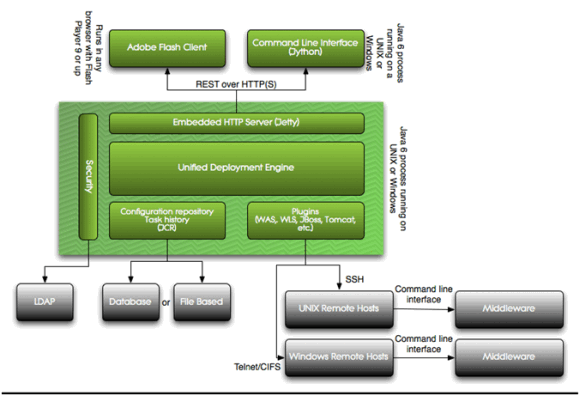When it comes to rolling out new enterprise applications, all the focus seems to be on building them versus deploying them. And yet when something goes wrong with the application, more often than not it has to do with something that went wrong during the deployment phase. While automating IT functions can obviously cut IT […]
When it comes to rolling out new enterprise applications, all the focus seems to be on building them versus deploying them. And yet when something goes wrong with the application, more often than not it has to do with something that went wrong during the deployment phase.
While automating IT functions can obviously cut IT costs, the primary benefit might be creating a consistent approach to application deployment that works the same way over and over again.
According to Andrew Phillips, vice president of product development for XebiaLabs, customers are looking for consistent application deployment methodology of their Java applications because there is no single standard for IT infrastructure within their IT organizations. And while there is a lot of focus these days on application lifecycle management (ALM), the whole deployment process is considered outside the scope of most ALM offerings. XebiaLabs, on the other hand, makes Deployit, a framework specifically designed for automating the deployment of Java applications across diverse sets of IT infrastructure. The latest version of Deployit, currently in beta, adds the ability to automatically discover servers, clusters and nodes on networks to help determine what IT infrastructure is available for any given application.

As IT organizations struggle to come up with a consistent approach to managing IT processes that would bring them into compliance with the IT Infrastructure Library (ITIL) specification, one of the fastest ways to accomplish that is to leverage the workflow processes that come baked in with most IT automation tools.
Of course, there is going to be a lot of grumbling about having to adapt to some alien vendor’s approach to IT workflow. But in the absence of any approach to IT workflow that can actually be documented, automating the deployment process for new applications is a great place to start.
MV
Michael Vizard is a seasoned IT journalist, with nearly 30 years of experience writing and editing about enterprise IT issues. He is a contributor to publications including Programmableweb, IT Business Edge, CIOinsight and UBM Tech. He formerly was editorial director for Ziff-Davis Enterprise, where he launched the company’s custom content division, and has also served as editor in chief for CRN and InfoWorld. He also has held editorial positions at PC Week, Computerworld and Digital Review.









